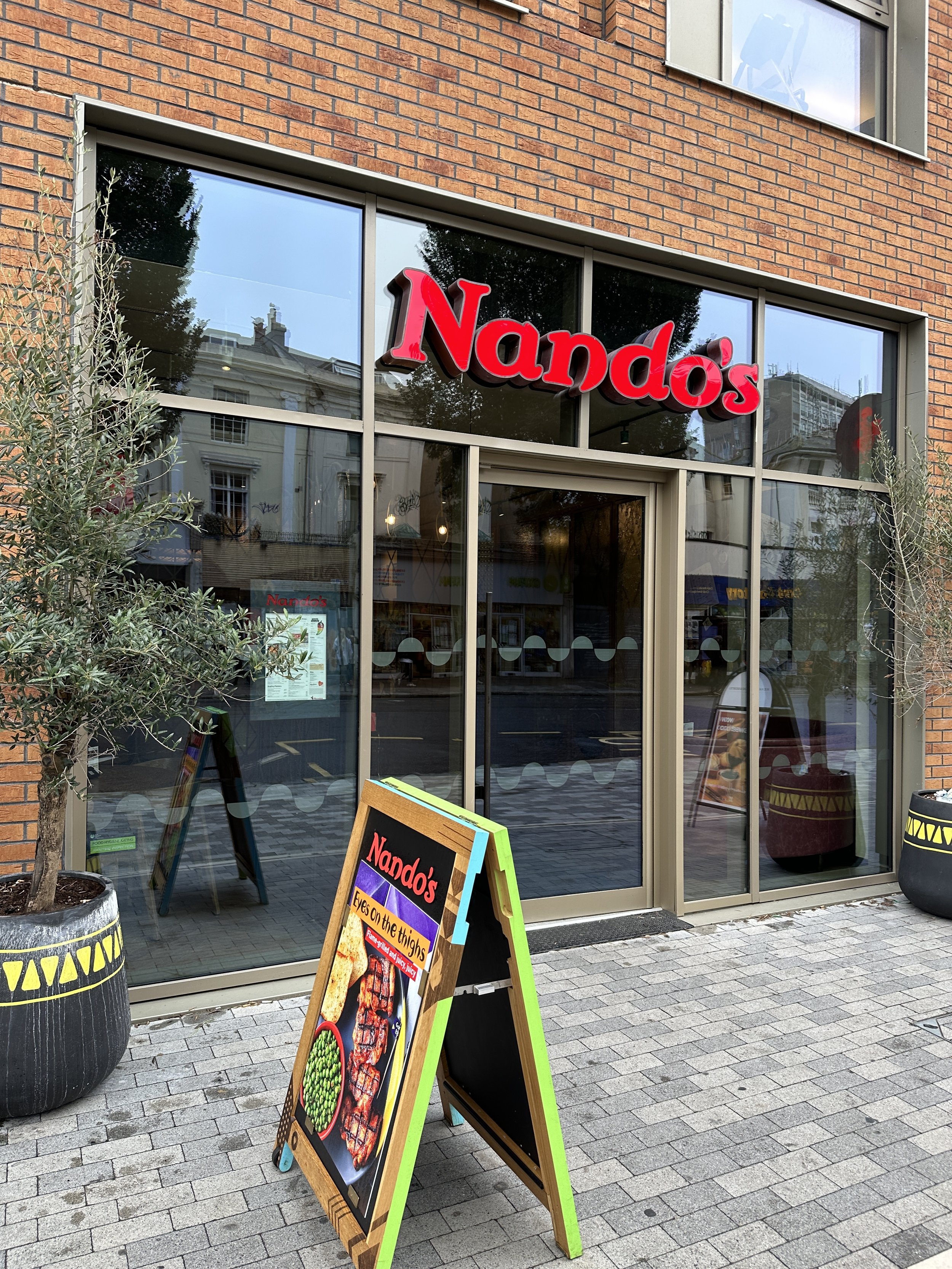Using service design to rethink recruitment and onboarding at Nando’s
Service Design | Journey Mapping | User ResearchClient: Nando’sDeliverable: Service mapsChallenge
Nando’s employs around 18,000 people in its 475 restaurants. The combination of Brexit and COVID has meant that the workforce has changed in recent years and has been replaced with a diverse mix of younger, part-time staff. To accommodate the nature of this new workforce, the existing recruitment and onboarding processes needed to be overhauled to help reduce the time it took to get new staff started and reduce the time it took management to hire people. The recruitment and onboarding journey is also fragmented across multiple departments and is inconsistently implemented in restaurants, making it hard to understand the journey entirely.
Objective
To fully understand the journey new starters have to go through and the problems they and the managers encounter along the way, there needed to be a service map to detail the journey.
Approach
The first step in the project was to understand the big picture, work with the stakeholders from the various business areas, and get them to explain how they understood the journey with a focus on their areas. Because of the number of stakeholders involved, this was done in a series of workshops around training, recruitment and onboarding themes. Stakeholders were encouraged in the workshops to collaborate on a journey map and state their main problem areas in the journey. These maps were then merged into one big one to give a skeleton of the journey.
Following this, I analysed various current staff, exit, and new joiners surveys to understand people’s thoughts on how the current process worked and what areas we should focus on.
The final part of the research stage was to speak with new joiners and restaurant managers to understand their side. I set up a screener survey which was sent via the weekly staff newsletter; this collected around two hundred responses from new joiners across the country, which could be used as the recruitment pool. I then interviewed a selection of these joiners to understand their experiences of joining Nando’s. I deliberately had a spread of participants from large and small restaurants in cities and towns because I suspected the process would vary depending on the type of restaurant. The interviews aimed to understand the joiners’ experiences and validate some assumptions drawn from the survey data and the stakeholder workshops. I also visited a number of restaurants to interview the managers there so I could understand from their perspective how recruitment and onboarding worked, their thoughts on where the problems were, and how things could be improved.
Once the analysis of the interviews had been completed, I added those staff insights to the service blueprint. I added detail to the map showing the various routes through to hiring, the interview and the job offer stage, followed by joining, onboarding and training. In addition, the different digital and non-digital touch points were added so that the business could see the connections and how everything fitted together.
The final blueprint was delivered as part of a strategy workshop in which the problem areas were discussed, prioritised, and agreed upon next steps.
Outcome
The blueprint helped stakeholders see the bigger picture of the journey and its associated issues. They were also more aware of the implications of any changes they were thinking of making and encouraged collaboration and more joined-up approaches to process change.
The blueprint is now a living document and is changed regularly as and when changes are made to the journey.
